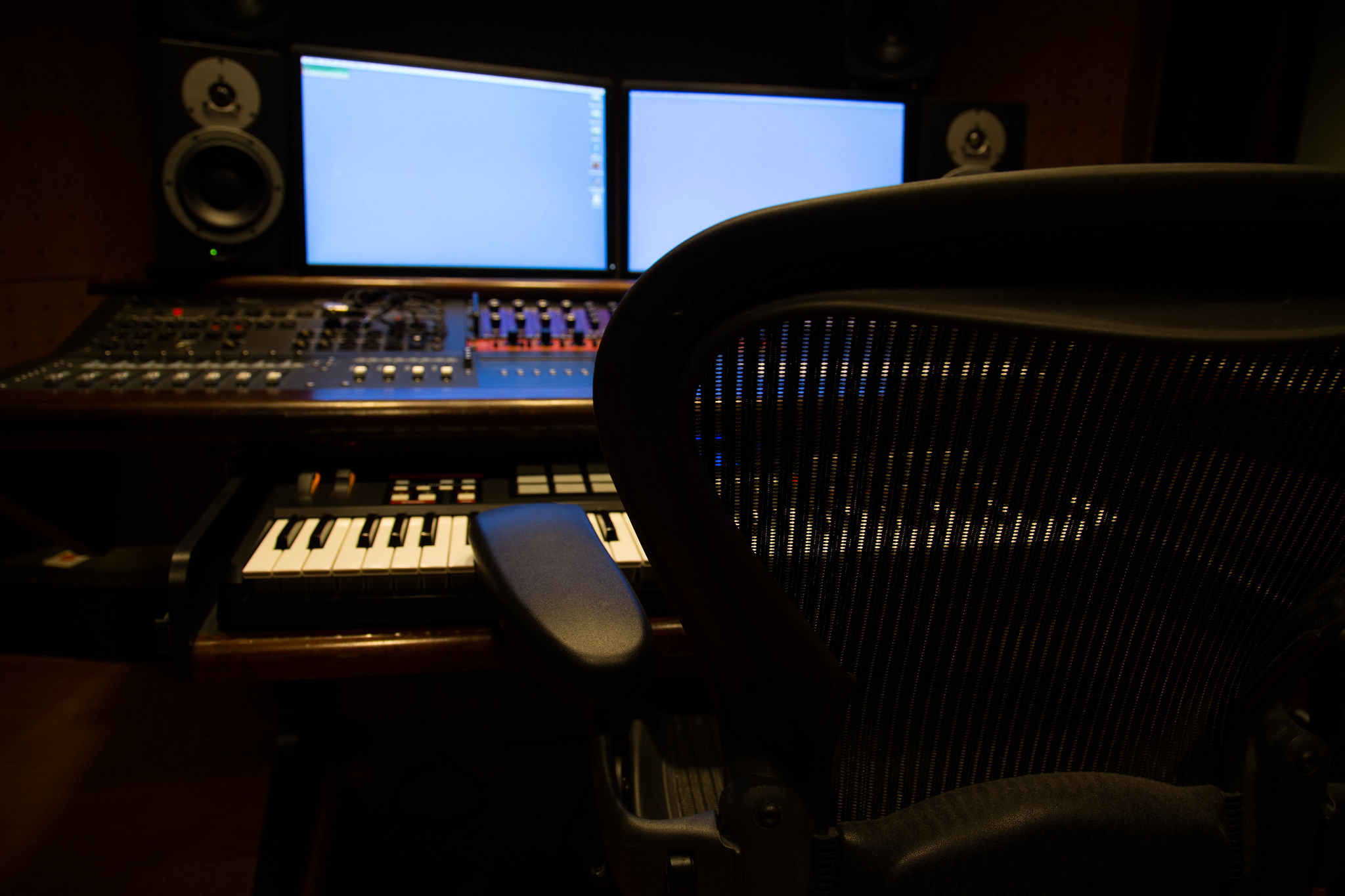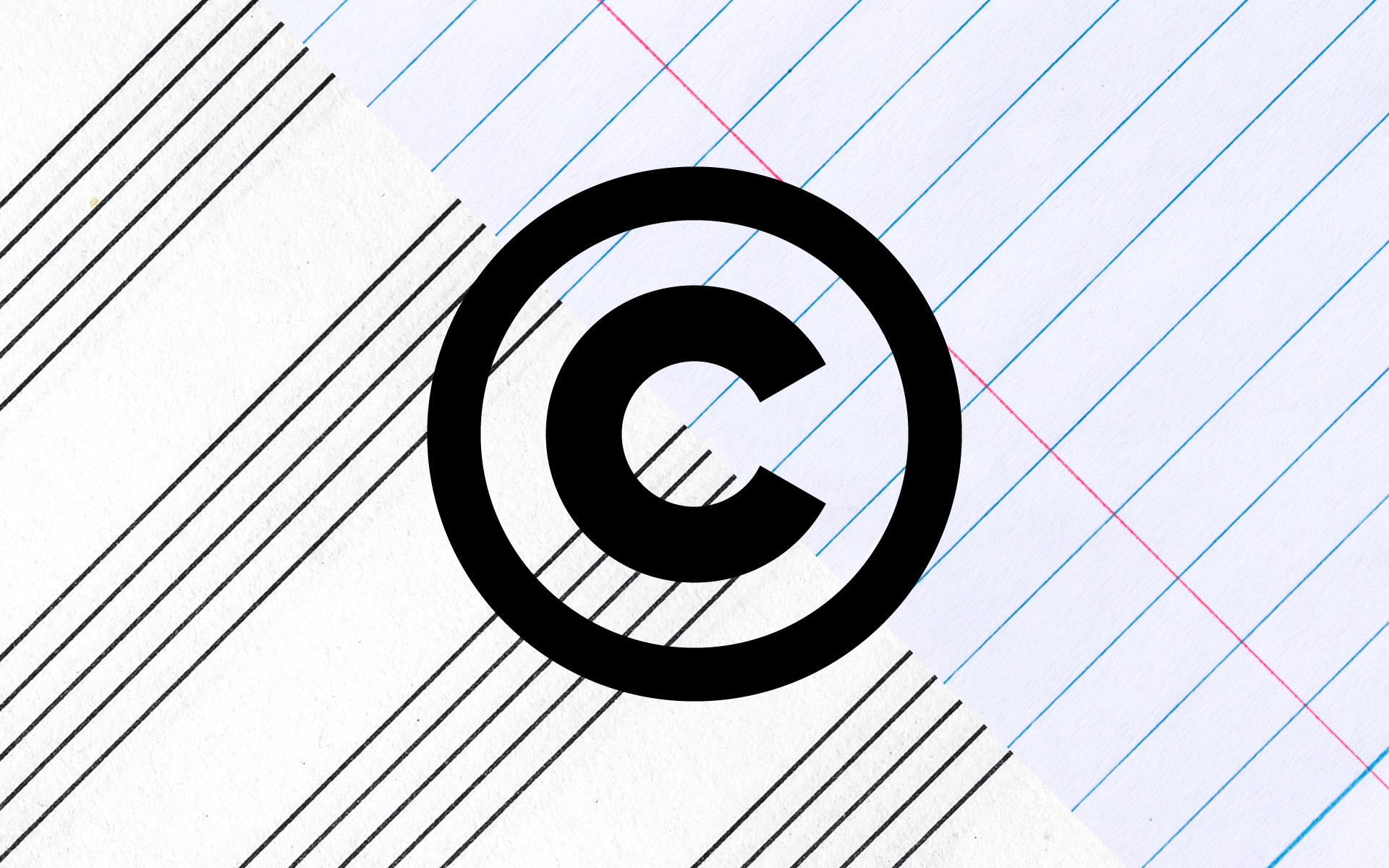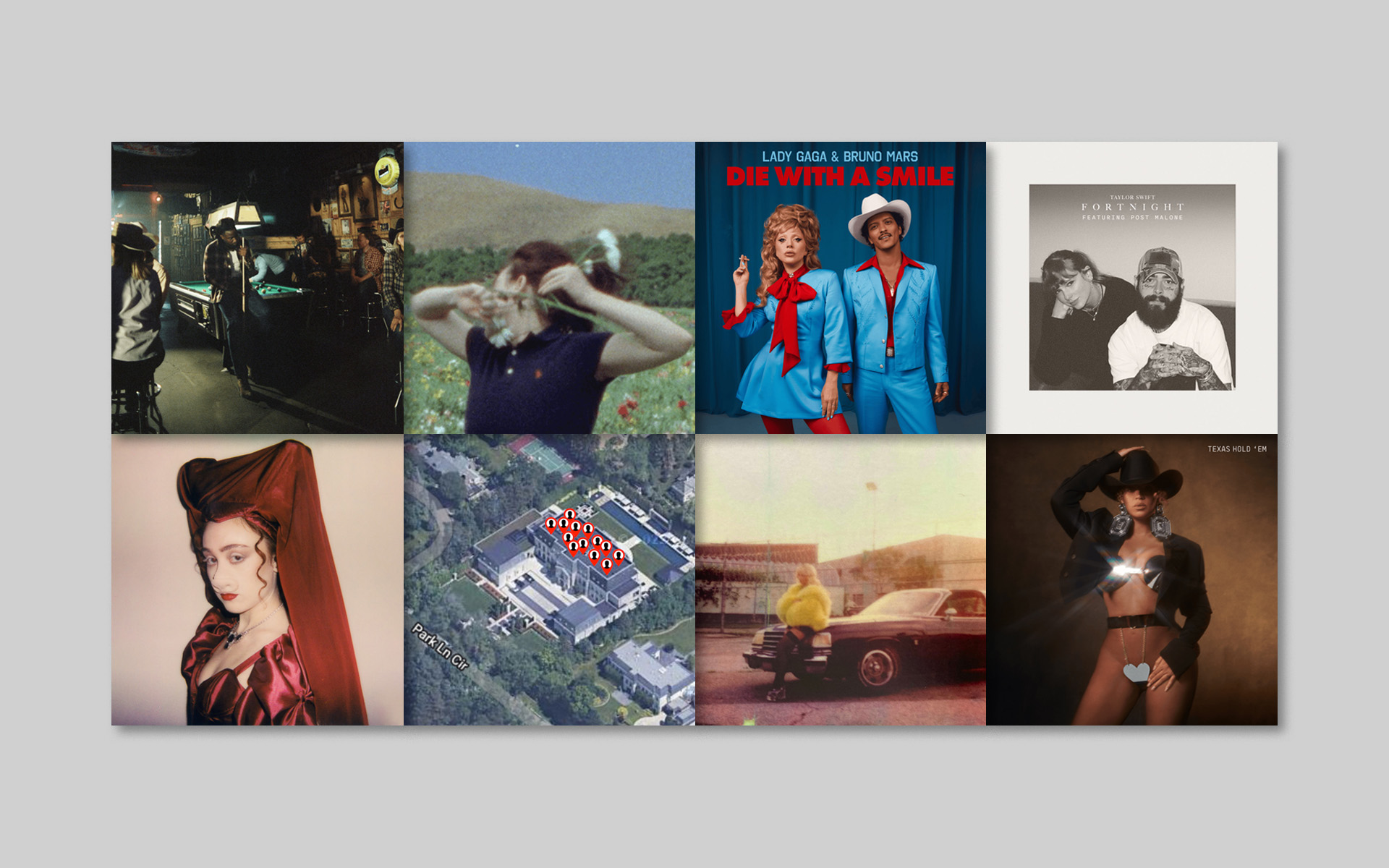Do remixes have a defined song structure? Yes, they do, and for good reason. The object of a dance music remix is to get the song that’s been remixed played in the clubs. To do this, having a DJ-friendly song structure that makes it easy for a DJ to play in their set is mission critical. Also, having a format that breathes energy into the dance floor through dramatic rises, breaks, and drops will make your remix popular with dance music patrons and DJs alike. To this end, a well-defined remix song structure is of paramount importance.
Video Tutorial
Here is my take on understanding and analyzing good remix song structure.
I offer an example of what a pop song structure looks like in comparison to a remix song structure (see below). We then dissect a remixed song to understand its components in Pro Tools.
Pop Song Structure
- Intro
- Verse
- Chorus
- Verse
- Chorus
- Bridge
- Chorus
- Outro
Remix Song Structure
- Mix In (16 bars)
- Main Beat (Principle Drums)
- Melody ( Principle Melody)
- Build (Crescendo over 8 to 16 Bars)
- Breakdown (Pause in the Main Beat)
- Melody (Principle Melody Plus Harmony)
- Build (Crescendo over 8 to 16 Bars)
- Main Beat (Principle Drums)
- Mix Out (16 Bars)
The most important aspects are the mix ins and mix outs, which allow DJs to segue between songs. They also contain minimal to no harmonic elements so that DJs don’t have to do any harmonic mixing. This, along with 8-bar song sections, helps DJs match song structures across different tracks. Sections that are divisible by 4 bars make it easier to match.
Understanding this template will give you a map to follow and allow you to complete your remix from start to finish without wondering where you’re supposed to be going.
TAKE ERIK HAWK’S REMIXING COURSE FROM BERKLEE ONLINE












